IVF treatment for successful conception for a couple with Endometriosis and Hydrosalpinx
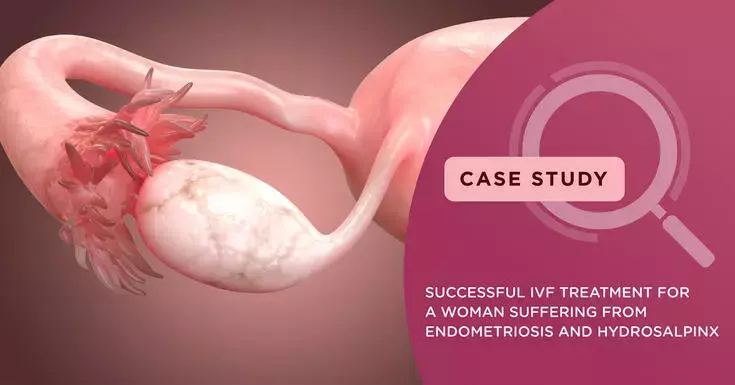
A software engineer couple visited the Nova IVF fertility clinic at Bangalore for IVF treatment.
During the initial consultation, our specialist, Dr Aviva Pinto Rodrigues found that the lady had a history of severe endometriosis and hydrosalpinx of the right fallopian tube.
Effect of Endometriosis and Hydrosalpinx on fertility
Endometriosis
Endometriosis is a medical condition, where the inner lining of the uterus, the endometrium tissue, grows outside the uterus.
At the time of the menstrual cycle, this endometrial tissue builds up and is shed if she does not become pregnant. The endometrial tissue, wherever they are, continue to go through the monthly menstrual cycle. Each month, the displaced tissue responds to menstrual cycle hormonal changes by building up and breaking down (just as the endometrium does), resulting in bleeding inside the pelvis leading to inflammation, swelling and scarring of normal tissue surrounding the endometriosis implants.
Symptoms of endometriosis include excessive menstrual cramps, heavy and abnormal menstrual flow and pain in back and vagina during intercourse. Other possible symptoms include painful urination and painful bowel movements during periods.
Stages or types of endometriosis are categorised basis the location, amount, depth and size of the endometrial tissue. Stage 1 gets classified as minimal, stage 2 is mild, stage 3 is moderate and the final stage, stage 4 gets is classified as severe. The stage of endometriosis does not fundamentally reflect the degree of pain experienced, other symptoms or the risk of infertility.
Endometriosis can have a varied impact on fertility. For endometriosis in fallopian tube lining, the scar tissue could block the egg from travelling to the uterus and meeting the sperm to form an embryo. Endometriosis may also affect fertility indirectly by causing damage to the egg cell as well as causing miscarriages.
The scar tissue or the lesions release compounds that may damage a woman’s eggs or a man’s sperm, causing infertility. For those that conceive, the scar lesions emit high levels of prostaglandin, a hormone which causes the uterus to contract. It magnifies the risk of miscarriage and/or premature labour. Doctors advise endometriosis patients to try and get pregnant while relatively young as this condition worsens with age.
Hydrosalpinx
Hydrosalpinx is made up of the terms, hydro and salpinx. Hydro means water and salpinx means fallopian tube. Hence hydrosalpinx refers to a fallopian tube that gets filled with water/ watery fluid. It typically happens if the fallopian tube gets blocked due to an injury or scar tissue from endometriosis or any past surgery or an infection, possibly due to a previous tubal pregnancy or any sexually transmitted infection.
The fallopian tubes extend from ovaries to the uterus, both on the right and the left side. If they become blocked or infected, this will impact the ability of the egg to reach the uterus and meet the sperm. Studies indicate that hydrosalpinx blockages are present in up to 30 percent of tubal infertility cases. While hydrosalpinx blockage is more common on end of the fallopian tube close to the ovaries, it is also possible for obstruction to exist at both ends.
Both the fallopian tubes serve as a pathway for an ovulated egg to reach the uterus. Once an egg gets released from the ovary, the finger-like projections from the fallopian tube draw the egg inside. However, if this pathway is blocked and filled with watery infectious fluid, as it is with a hydrosalpinx, infertility may result as the egg is unable to travel to the uterus.
Surgery of the hydrosalpinx, followed with IVF treatment is the most suitable treatment for this condition. Generally, the fallopian tubes are removed completely and sometimes, other scar tissue, adhesions and endometrial growths are also removed.
IVF success odds are lower when a hydrosalpinx is present. The frequently recommended treatment is to have the affected tube surgically removed first followed by the IVF treatment.
What did Nova IVF Specialist advice?
First, the lady was advised of the necessary medication to control her endometriosis. She also needed condition management for her hydrosalpinx.
Dr Aviva Pinto Rodrigues then suggested IVF treatment and frozen transfer of embryos. She began her treatment for IVF under down-regulation protocol with gonadotrophin agonist. In this long protocol, women receive a 15-days pituitary down-regulation protocol consisting of daily subcutaneous injection of 0.1mg of GnRH agonist or triptorelin acetate, which is started on the luteal phase of menstrual cycle.
Ovarian stimulation was started after 15 days of desensitisation. After the desensitisation period, the patient underwent standardised ovarian stimulation followed by follicular aspiration of an egg.
Post this, the husband’s sperms were collected and the resulting embryos were frozen for transfer.
She underwent a laparoscopic procedure to clip the hydrosalpinx in her right tube and in the next cycle, a single embryo was transferred.
2 weeks later, the beta HCG test showed positive results. The couple expressed gratitude and happiness that they succeeded in the journey of parenthood. They endorsed the specialist Dr Aviva Pinto Rodrigues and the staff at Nova IVF, Basaveshwaranagar, Bangalore for their support and they said, the wait was worth!
 Infertility Counselling
Infertility Counselling Female Infertility Treatment
Female Infertility Treatment Andrology Treatment
Andrology Treatment Fertility Enhancing Surgeries - Female
Fertility Enhancing Surgeries - Female Fertility Enhancing Surgeries - Male
Fertility Enhancing Surgeries - Male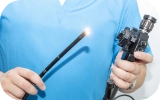 Endoscopy Treatment
Endoscopy Treatment IUI Treatment
IUI Treatment IVF Treatment
IVF Treatment ICSI Treatment
ICSI Treatment Advanced IVF Solutions
Advanced IVF Solutions Embryology
Embryology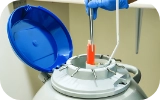 Vitrification Egg, Embryo, Sperm Freezing
Vitrification Egg, Embryo, Sperm Freezing Preimplantation Genetic Testing (PGT)
Preimplantation Genetic Testing (PGT) Donation Program Embryo / Egg / Sperm
Donation Program Embryo / Egg / Sperm




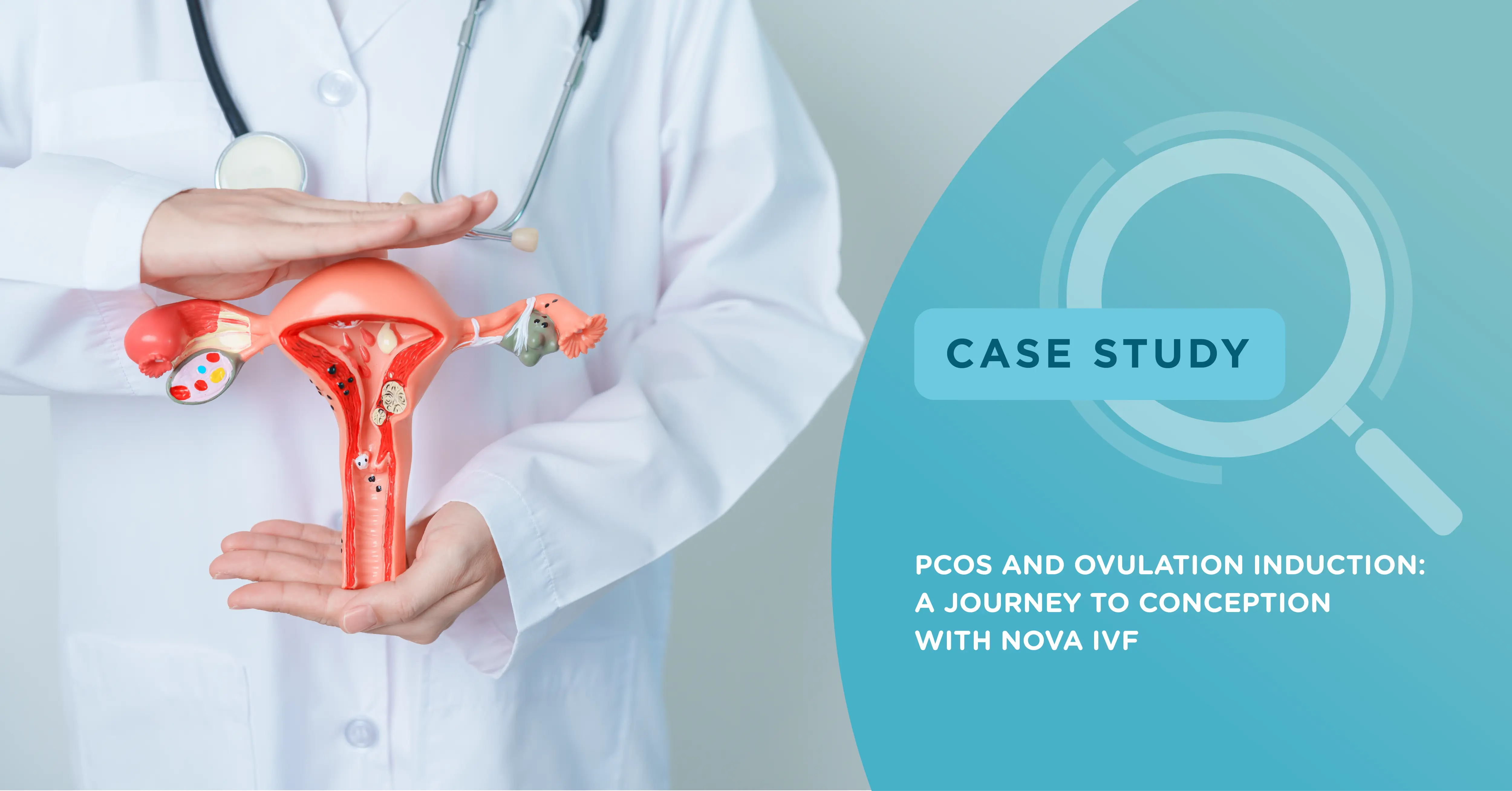

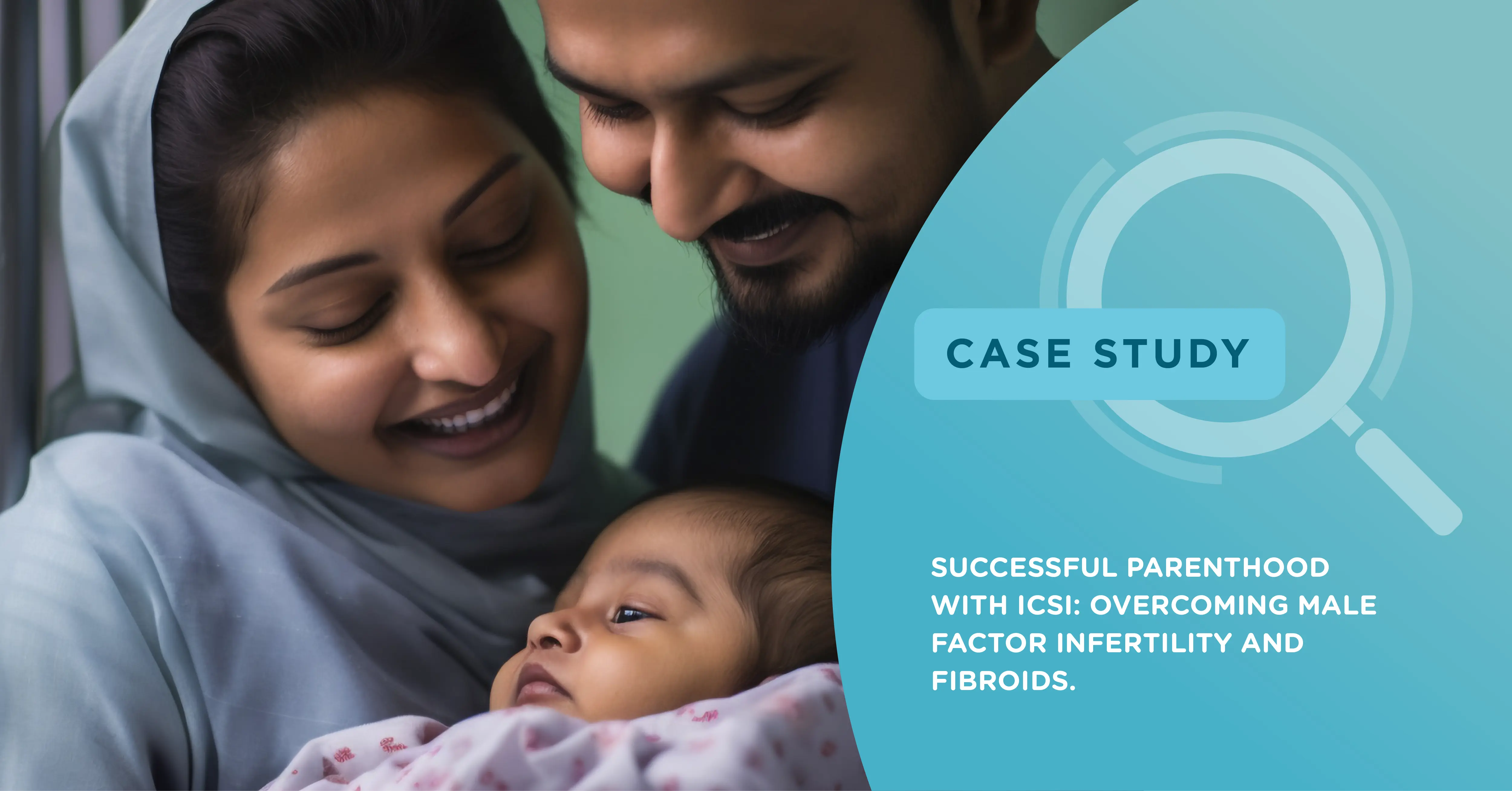
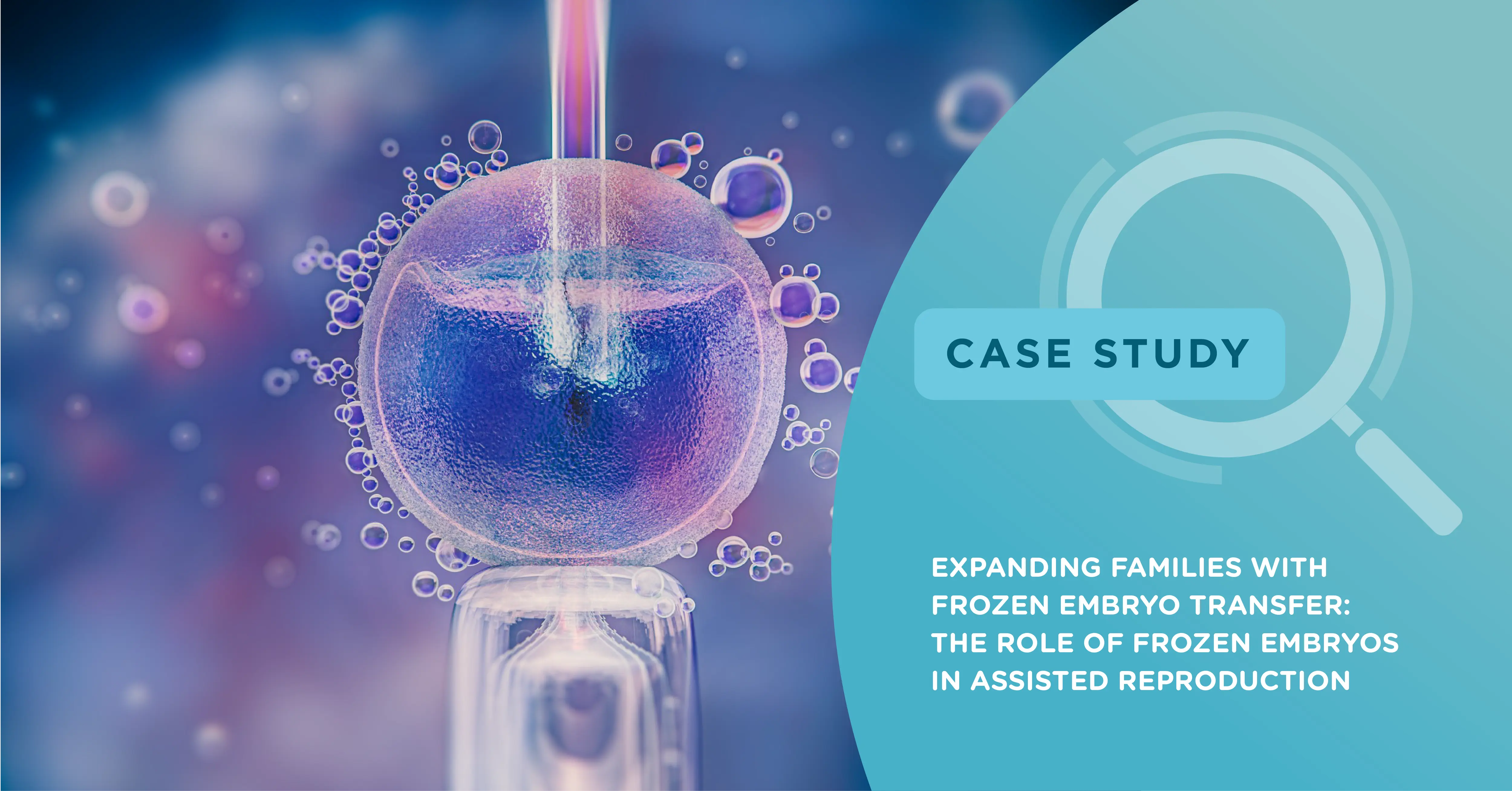

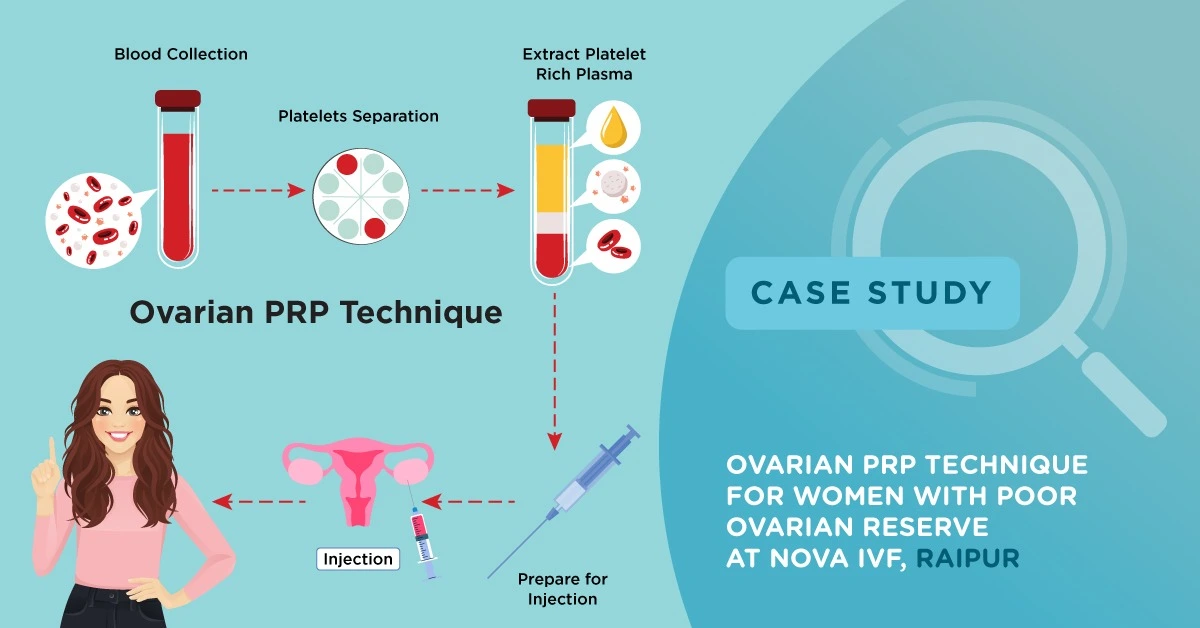
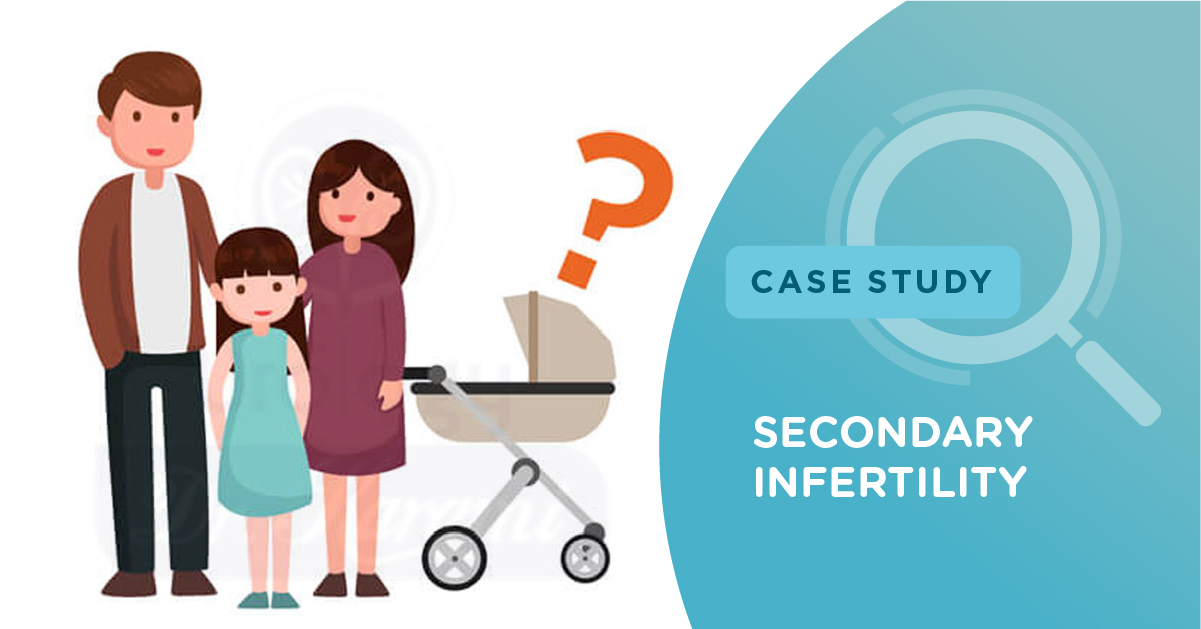
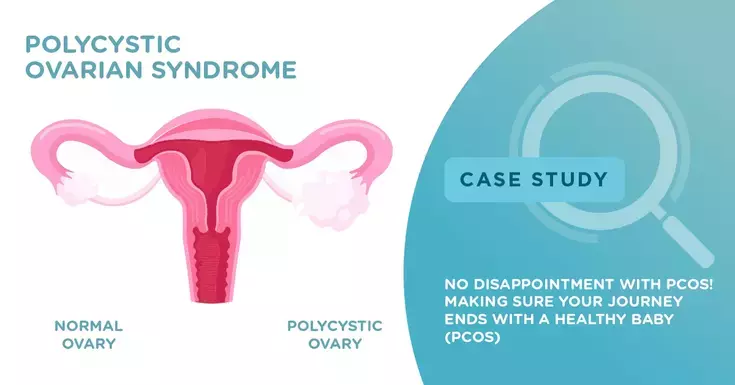






Add new comment